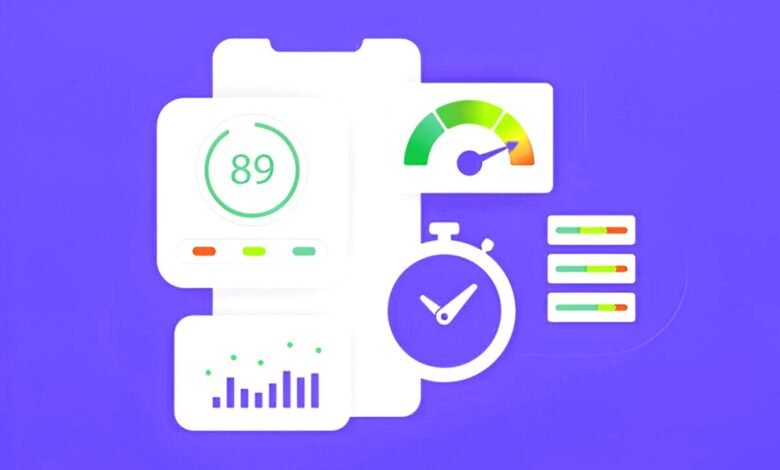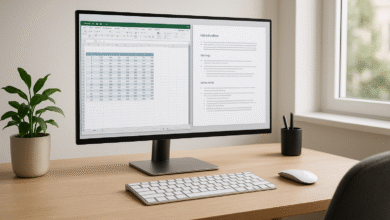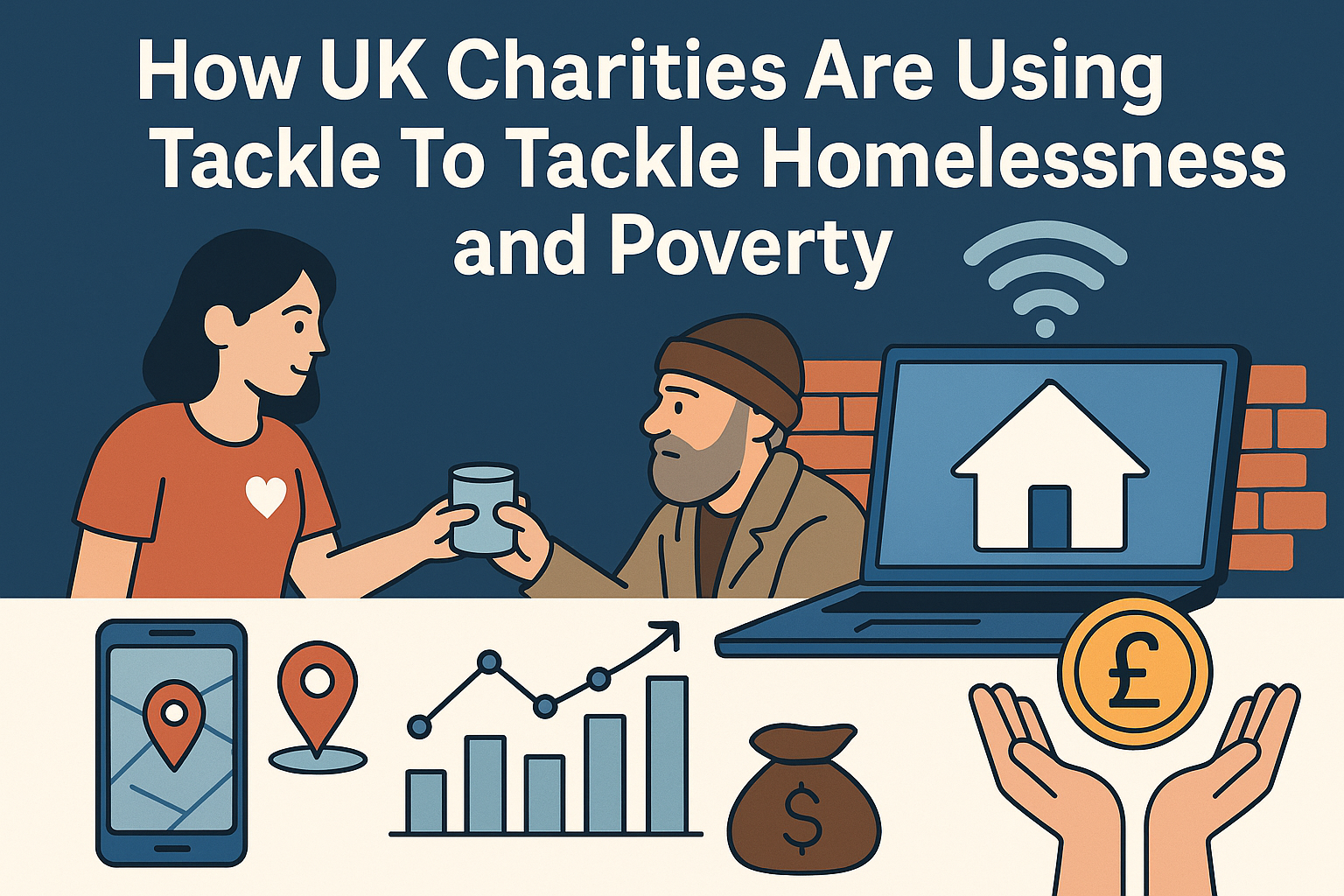How to Optimize Website Speed for Better SEO and UX
In this comprehensive guide, we’ll explore actionable strategies to optimize your website speed for better SEO and UX.

In today’s fast-paced digital world, website speed is no longer just a technical metric—it’s a critical factor that impacts both search engine optimization (SEO) and user experience (UX). A slow-loading website can frustrate users, increase bounce rates, and harm your search engine rankings. On the other hand, a fast-loading website can improve user satisfaction, boost conversions, and enhance your SEO performance.
In this comprehensive guide, we’ll explore actionable strategies to optimize website speed for better SEO and UX. Each point will be explained in detail to help you understand the importance of website speed and how to achieve it.
Why Website Speed Matters for SEO and UX
Before diving into the optimization techniques, it’s essential to understand why website speed is so crucial:
- SEO Impact: Google and other search engines prioritize fast-loading websites. Page speed is a direct ranking factor, and slower websites often rank lower in search results.
- User Experience: Users expect websites to load in 2-3 seconds. If a site takes longer, they’re likely to abandon it and visit a competitor’s site instead.
- Conversion Rates: Faster websites lead to higher engagement, lower bounce rates, and improved conversion rates.
- Mobile Optimization: With the majority of web traffic coming from mobile devices, speed is even more critical for mobile users who may have slower connections.
Now, let’s explore how to optimize your website speed effectively.
Also Read: How to Choose Your Hosting Smartly: A Comprehensive Guide (2025)
1. Choose a Reliable Web Hosting Provider
Your web hosting provider plays a significant role in determining your website’s speed. A low-quality host can lead to slow server response times, frequent downtime, and poor performance.
How to Choose the Right Hosting Provider:
- Opt for Managed Hosting: Managed hosting providers offer optimized servers, automatic updates, and enhanced security, which can improve speed.
- Consider Server Location: Choose a hosting provider with servers located close to your target audience. This reduces latency and improves load times.
- Check Uptime Guarantees: Look for providers with at least 99.9% uptime guarantees to ensure consistent performance.
2. Optimize Images for Faster Loading
Images are often the largest elements on a webpage and can significantly slow down your site if not optimized properly.
Best Practices for Image Optimization:
- Compress Images: Use tools like TinyPNG, JPEGmini, or Squoosh to reduce image file sizes without compromising quality.
- Use the Right Format: Choose the appropriate image format (JPEG for photographs, PNG for graphics with transparency, and WebP for modern browsers).
- Implement Lazy Loading: Lazy loading delays the loading of images until they’re needed (e.g., when a user scrolls down the page). This reduces initial load time.
- Serve Responsive Images: Use the
srcsetattribute to serve different image sizes based on the user’s device, ensuring faster loading on mobile devices.
3. Minimize HTTP Requests
Each element on a webpage (images, scripts, stylesheets) requires an HTTP request. The more requests a page makes, the longer it takes to load.
How to Reduce HTTP Requests:
- Combine Files: Merge multiple CSS and JavaScript files into a single file to reduce the number of requests.
- Use CSS Sprites: Combine small images (like icons) into a single image and use CSS to display the correct portion.
- Limit Third-Party Scripts: Evaluate the necessity of third-party scripts (e.g., social media widgets, analytics) and remove or defer those that aren’t essential.
4. Enable Browser Caching
Browser caching allows a user’s browser to store static files (like images, CSS, and JavaScript) locally. This means that when a user revisits your site, their browser can load the page faster without re-downloading the same files.
How to Enable Browser Caching:
- Set Cache-Control Headers: Configure your server to include cache-control headers that specify how long files should be cached.
- Use Plugins: If you’re using a CMS like WordPress, plugins like W3 Total Cache or WP Super Cache can simplify the process.
- Leverage CDNs: Content Delivery Networks (CDNs) cache your site’s content on servers worldwide, reducing load times for users in different regions.
5. Minify CSS, JavaScript, and HTML
Minification is the process of removing unnecessary characters (like spaces, comments, and line breaks) from code files to reduce their size.
How to Minify Your Code:
- Use Online Tools: Tools like CSS Minifier, JavaScript Minifier, and HTML Minifier can help you minify your code.
- Automate with Plugins: WordPress users can use plugins like Autoptimize to minify CSS, JavaScript, and HTML automatically.
- Combine with Compression: After minifying, enable Gzip or Brotli compression on your server to further reduce file sizes.
6. Reduce Server Response Time (TTFB)
Time to First Byte (TTFB) is the time it takes for a user’s browser to receive the first byte of data from your server. A high TTFB can slow down your website significantly.
How to Improve TTFB:
- Upgrade Your Hosting Plan: If you’re on shared hosting, consider upgrading to a VPS or dedicated server for better performance.
- Optimize Database Queries: Ensure your database is optimized by removing unnecessary data, indexing tables, and using efficient queries.
- Use a CDN: A CDN can reduce TTFB by serving content from a server closer to the user.
7. Implement Accelerated Mobile Pages (AMP)
Accelerated Mobile Pages (AMP) is an open-source framework designed to create fast-loading mobile pages. While AMP is not a ranking factor, it can improve mobile UX and indirectly benefit SEO.
How to Implement AMP:
- Use AMP Plugins: WordPress users can install plugins like AMP for WP to create AMP versions of their pages.
- Validate AMP Pages: Use Google’s AMP Validator to ensure your AMP pages are error-free.
- Monitor Performance: Track the performance of your AMP pages using tools like Google Search Console.
Also Read: How to Optimize Your Website for Search Engines (SEO)
8. Optimize for Mobile Devices
With mobile devices accounting for over half of global web traffic, optimizing your site for mobile is non-negotiable.
Mobile Optimization Tips:
- Use Responsive Design: Ensure your website adapts to different screen sizes and orientations.
- Reduce Redirects: Minimize the number of redirects on mobile pages, as they can increase load times.
- Test Mobile Speed: Use tools like Google’s Mobile-Friendly Test to identify and fix mobile-specific speed issues.
9. Leverage Content Delivery Networks (CDNs)
A CDN is a network of servers distributed across various locations worldwide. When a user visits your site, the CDN serves content from the server closest to them, reducing latency and improving load times.
Benefits of Using a CDN:
- Faster Load Times: CDNs reduce the distance data travels, resulting in faster load times.
- Improved Scalability: CDNs can handle traffic spikes more effectively than a single server.
- Enhanced Security: Many CDNs offer DDoS protection and other security features.
10. Monitor and Analyze Website Performance
Regularly monitoring your website’s performance helps you identify and address speed issues before they impact SEO and UX.
Tools for Monitoring Website Speed:
- Google PageSpeed Insights: Provides a detailed analysis of your website’s performance and actionable recommendations.
- GTmetrix: Offers insights into page speed, TTFB, and other performance metrics.
- Pingdom: Monitors uptime and performance, helping you identify bottlenecks.
Conclusion
Optimizing website speed is a multifaceted process that requires attention to technical details, user behavior, and search engine requirements. By implementing the strategies outlined in this guide, you can significantly improve your website’s speed, leading to better SEO rankings and a superior user experience.
Remember, website speed optimization is not a one-time task but an ongoing process. Regularly monitor your site’s performance, stay updated with the latest optimization techniques, and adapt to changing user expectations and search engine algorithms. A fast-loading website is not just a technical achievement—it’s a competitive advantage that can set you apart in the digital landscape.
By prioritizing website speed, you’ll not only enhance your SEO but also create a seamless and enjoyable experience for your users, ultimately driving more traffic, engagement, and conversions.







